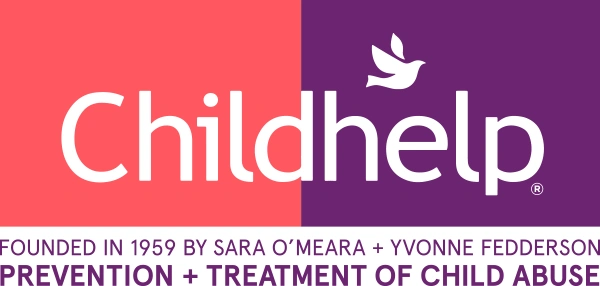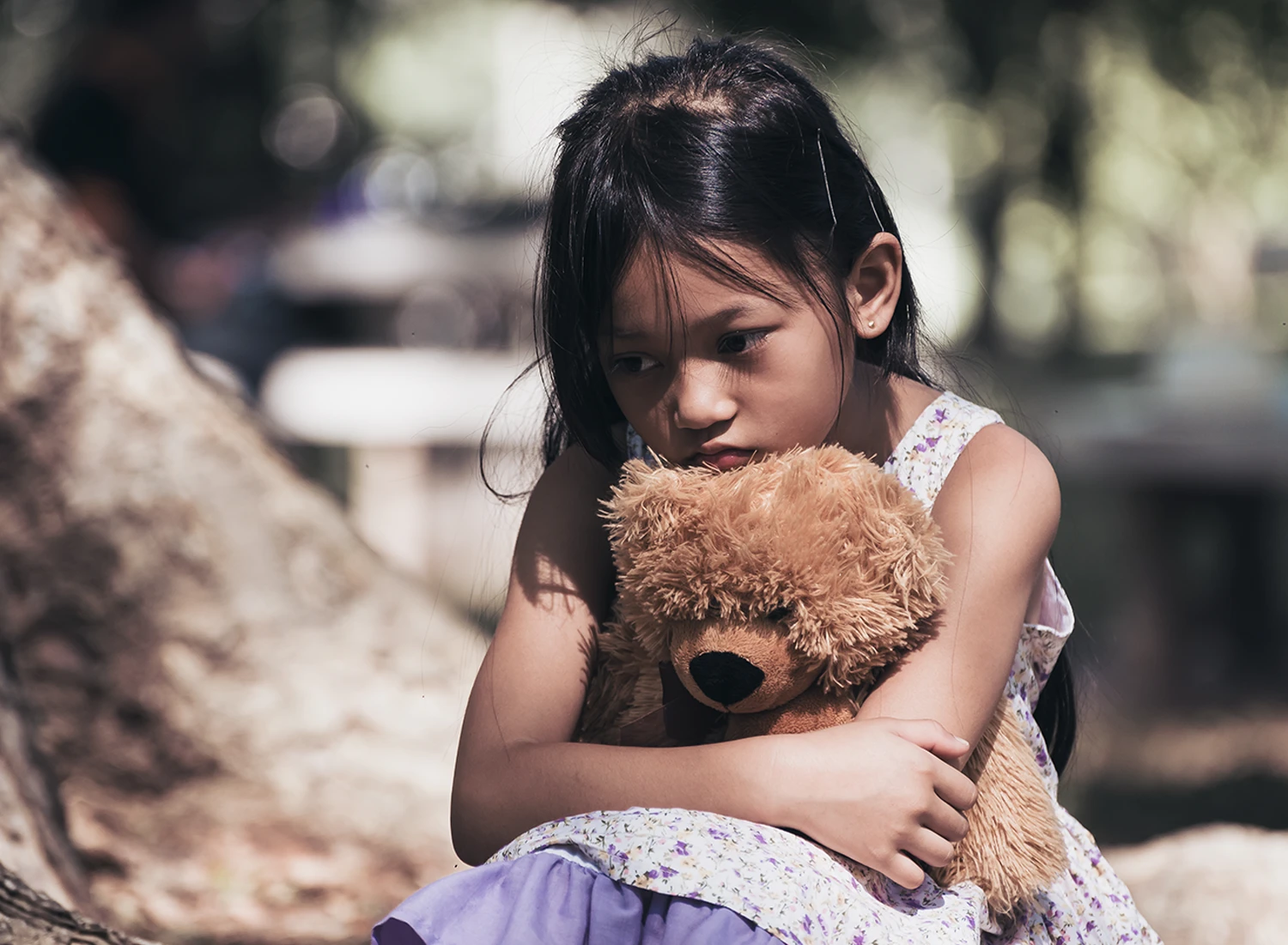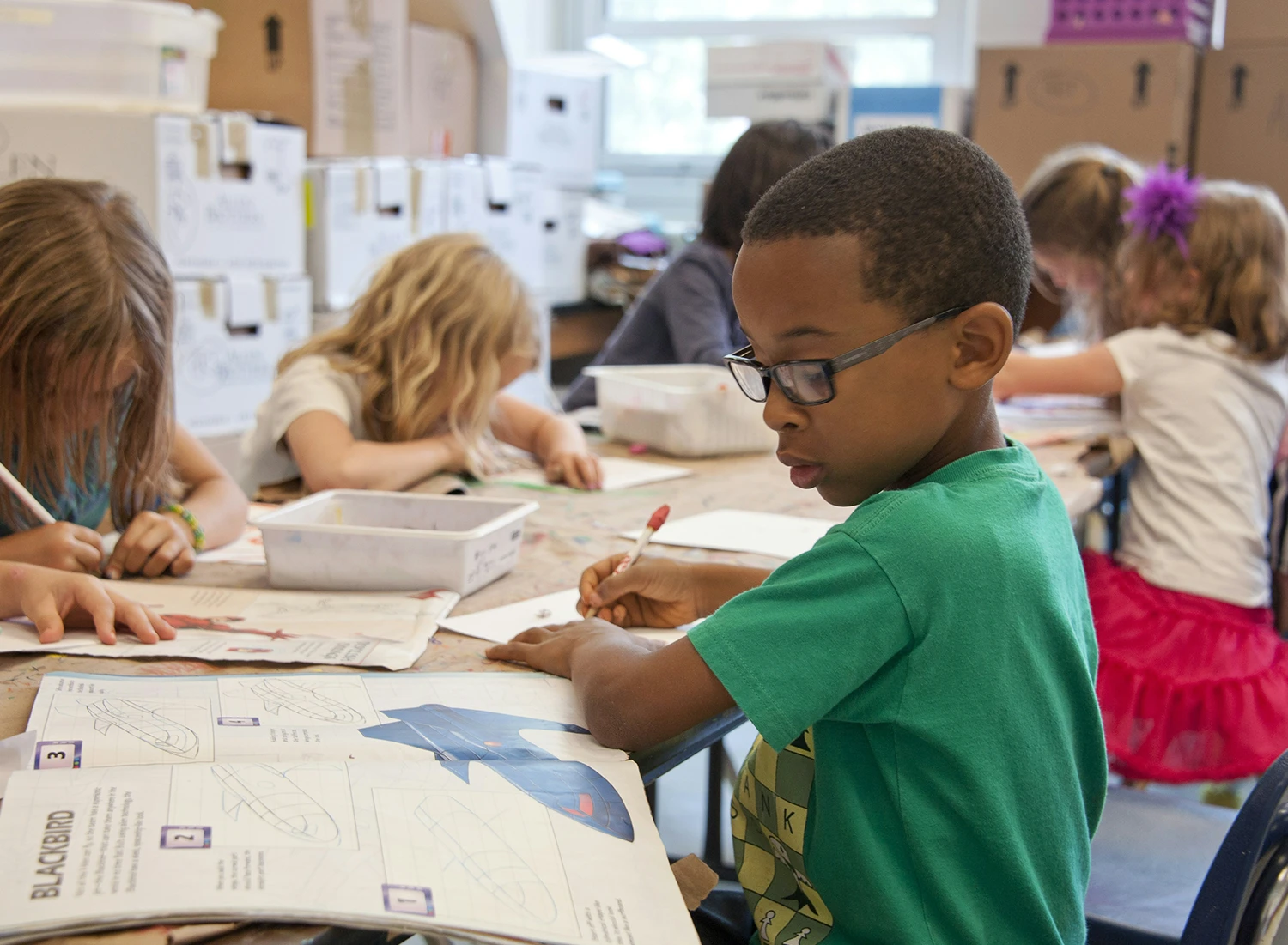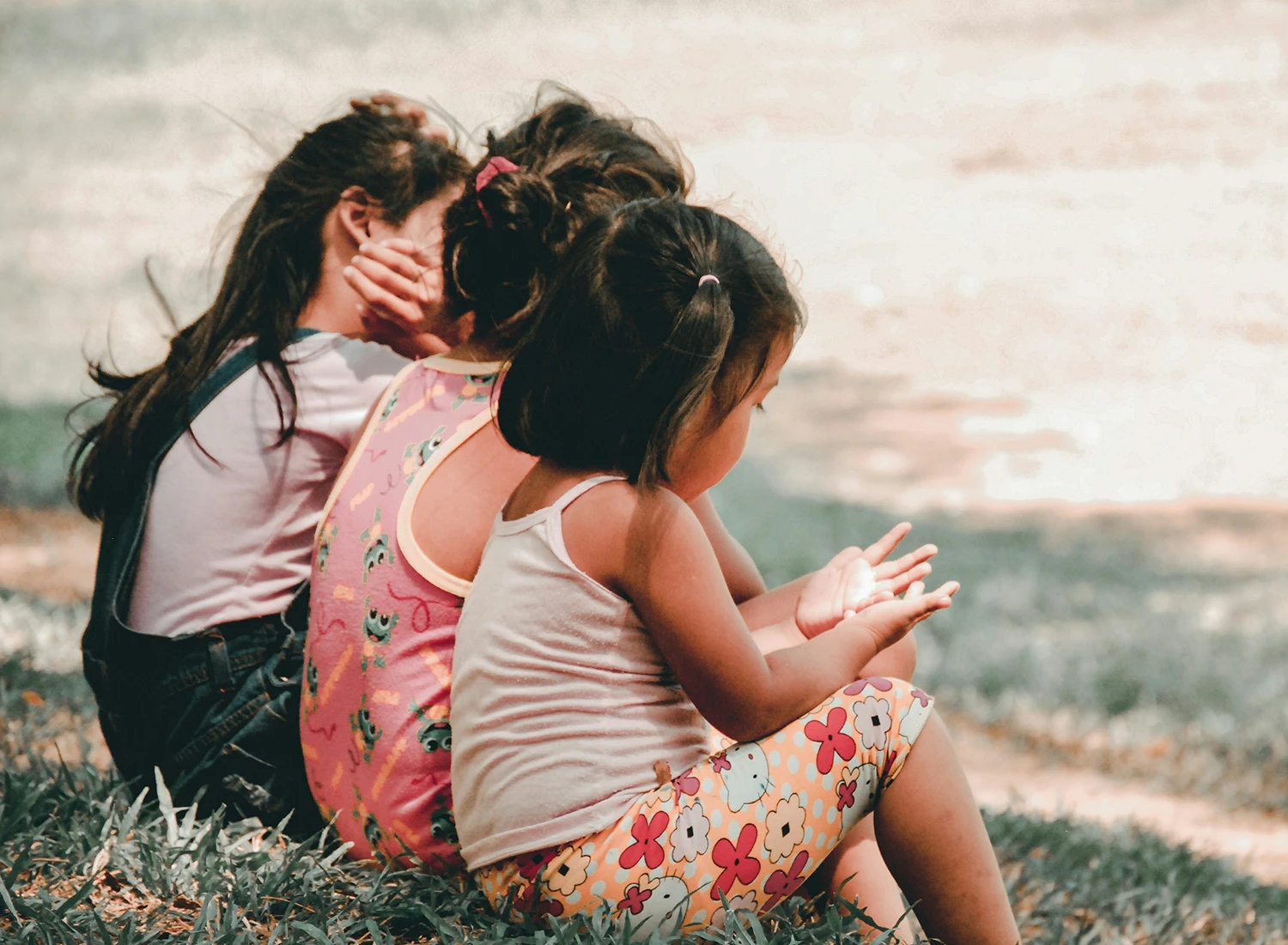Children are suffering from a hidden epidemic of child abuse and neglect. It’s a widespread war against our children that we have the power to stop, and understanding the issue is the first step. Just how bad is the issue of child abuse in the United States?
Every year, more than 4 million referrals are made to child protection agencies involving more than 7.5 million children (a referral can include multiple children).
The United States has one of the worst records among industrialized nations – losing more than 5 children every day to child abuse and neglect.
In 2022 alone, state agencies found nearly 560,000 victims of child maltreatment, but that only tells part of the story.




